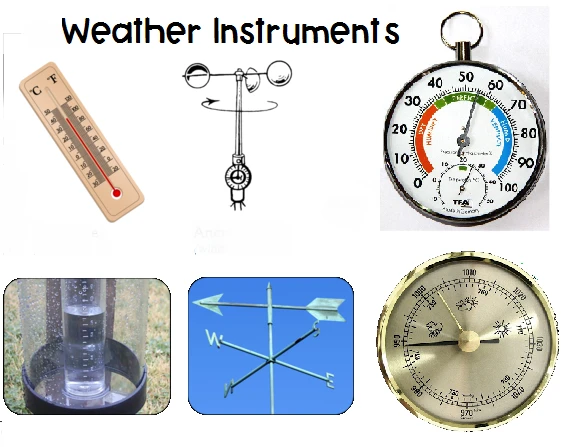
# Weather Gauges and Instruments for Accurate Meteorological Measurements
## Introduction to Weather Gauges and Instruments
Weather gauges and instruments are essential tools for meteorologists, researchers, and weather enthusiasts alike. These devices provide accurate measurements of various atmospheric conditions, enabling us to understand and predict weather patterns more effectively.
## Common Types of Weather Instruments
### Thermometers
Thermometers measure air temperature, one of the most fundamental weather parameters. Modern digital thermometers provide precise readings, while traditional mercury or alcohol thermometers remain reliable options.
### Barometers
Barometers are crucial for measuring atmospheric pressure. This measurement helps in forecasting weather changes, as dropping pressure often indicates approaching storms.
### Hygrometers
These instruments measure humidity levels in the air. Understanding humidity is important for predicting precipitation and assessing comfort levels.
## Specialized Weather Measurement Tools
### Anemometers
Anemometers measure wind speed and direction. Cup anemometers and vane anemometers are among the most common types used in weather stations.
### Rain Gauges
Rain gauges collect and measure precipitation. Simple graduated cylinders can serve as basic rain gauges, while more sophisticated tipping bucket models provide automated measurements.
### Pyranometers
These specialized instruments measure solar radiation, providing data about the amount of sunlight reaching the Earth’s surface.
## Choosing the Right Weather Instruments
When selecting weather instruments, consider factors such as accuracy requirements, durability, and maintenance needs. Professional meteorological stations typically use higher-grade instruments than personal weather stations.
## Maintaining Your Weather Instruments
Regular calibration and proper placement are crucial for accurate measurements. Follow manufacturer guidelines for maintenance and protect instruments from extreme conditions when possible.
## The Future of Weather Measurement
Advancements in technology continue to improve weather instruments, with developments in wireless connectivity, miniaturization, and data processing capabilities enhancing meteorological measurements.
Keyword: weather gauges instruments